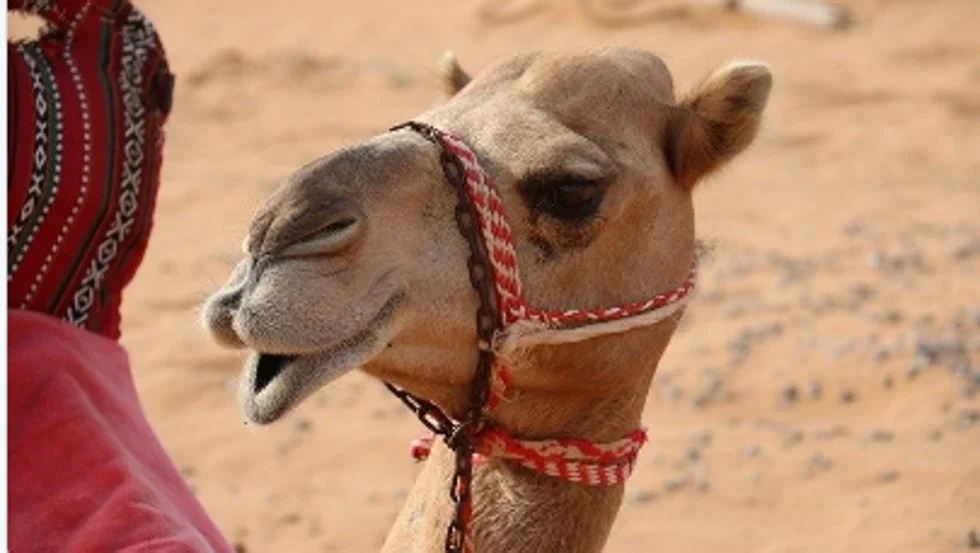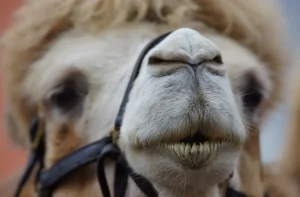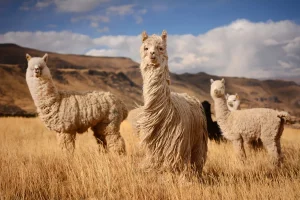Most animals lose water through evaporation, and the respiratory surfaces are one of the main points where this water loss occurs. But camels are the exception.
They can tolerate thirst for up to four days and, when given the chance to drink, they replenish not only for the present but also for the future — after stirring the water with their feet first, as Pliny the Elder once wrote: “Otherwise, they don’t like to drink.”
🐪 Why the Camel’s Nose Is Unique
Unlike most animals, camels lose very little water through breathing. A significant portion of the water that evaporates in the lungs is recovered in the upper respiratory tract.
In fact, the relative humidity of the air they inhale can be reduced by up to 50% compared to the air exhaled from their bronchi.
💧 How Camels Recover Water Through Breathing
This remarkable water recovery happens thanks to the nasal epithelium. In camels, this tissue accumulates and mixes its own secretions with dead epithelial cells. This unique mixture has an exceptional ability to absorb water vapour — similar to how cookies soften when they absorb moisture.
🔬 The Scientist Who Discovered the Mechanism
This mechanism was discovered by Knut Schmidt-Nielsen, who lived in the Sahara to study the water balance physiology of camels.
To test his hypothesis, Nielsen built an artificial nose in his laboratory and covered it with a hygroscopic (moisture-absorbing) layer. His experiments confirmed that this was indeed the same process observed in camels under desert conditions.
📊 How Much Water Can Camels Lose?
Dromedaries handle dehydration far better than most animals. For example, dogs or horses cannot tolerate a water loss greater than 15% of their body weight.
Camels, on the other hand, can survive with a loss of up to 25% of their body water.
This 25% figure is not an absolute limit — no one has pushed a camel to the point of death to establish the exact threshold — so their tolerance could be even higher.
🌵 The Camel’s Nose – A Masterpiece of Desert Adaptation
The camel’s nose is more than just a breathing organ. It’s a highly efficient water-saving system that helps these incredible animals survive in some of the harshest environments on Earth.
By conserving every possible drop of water, camels remain one of nature’s most extraordinary examples of desert adaptation.




